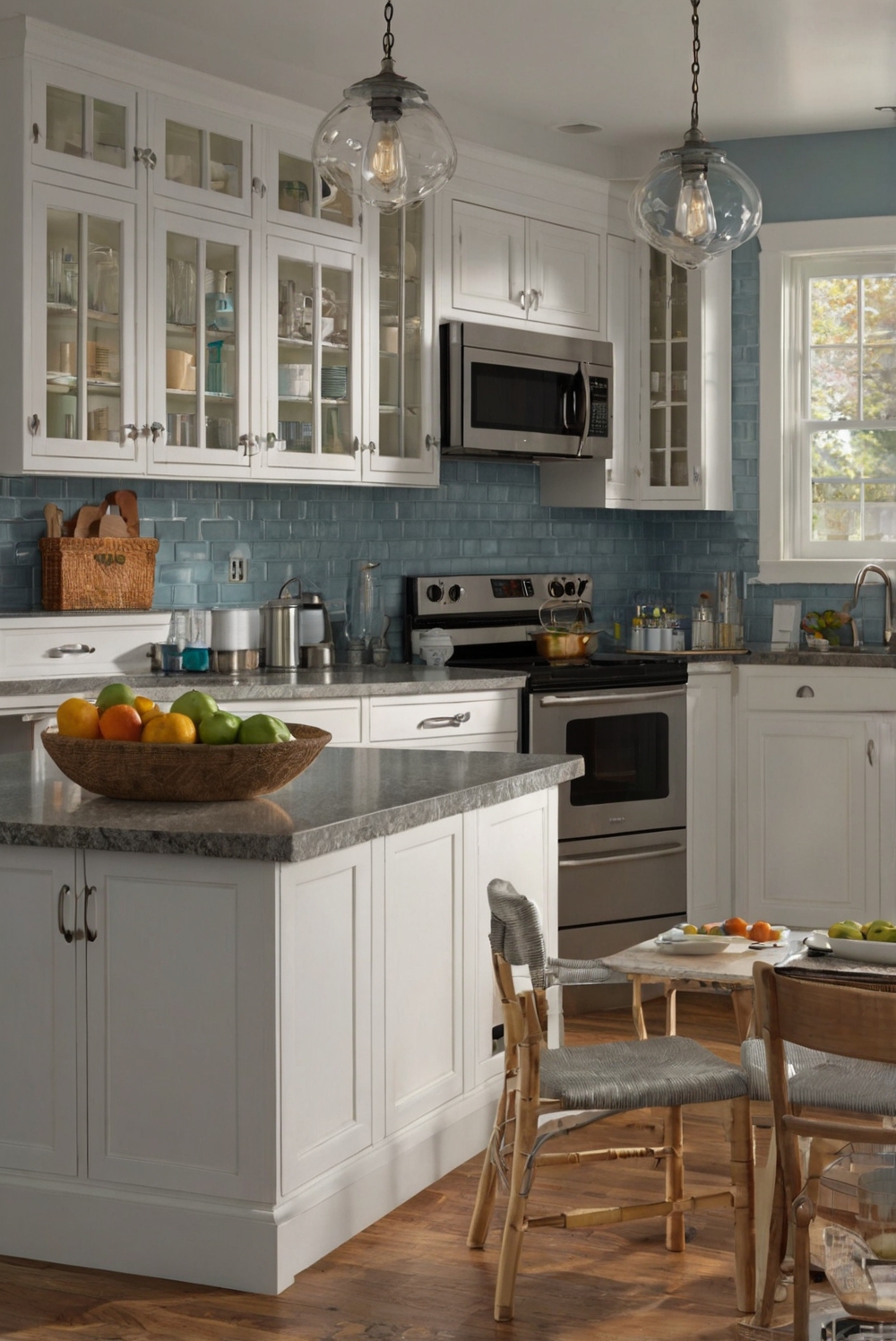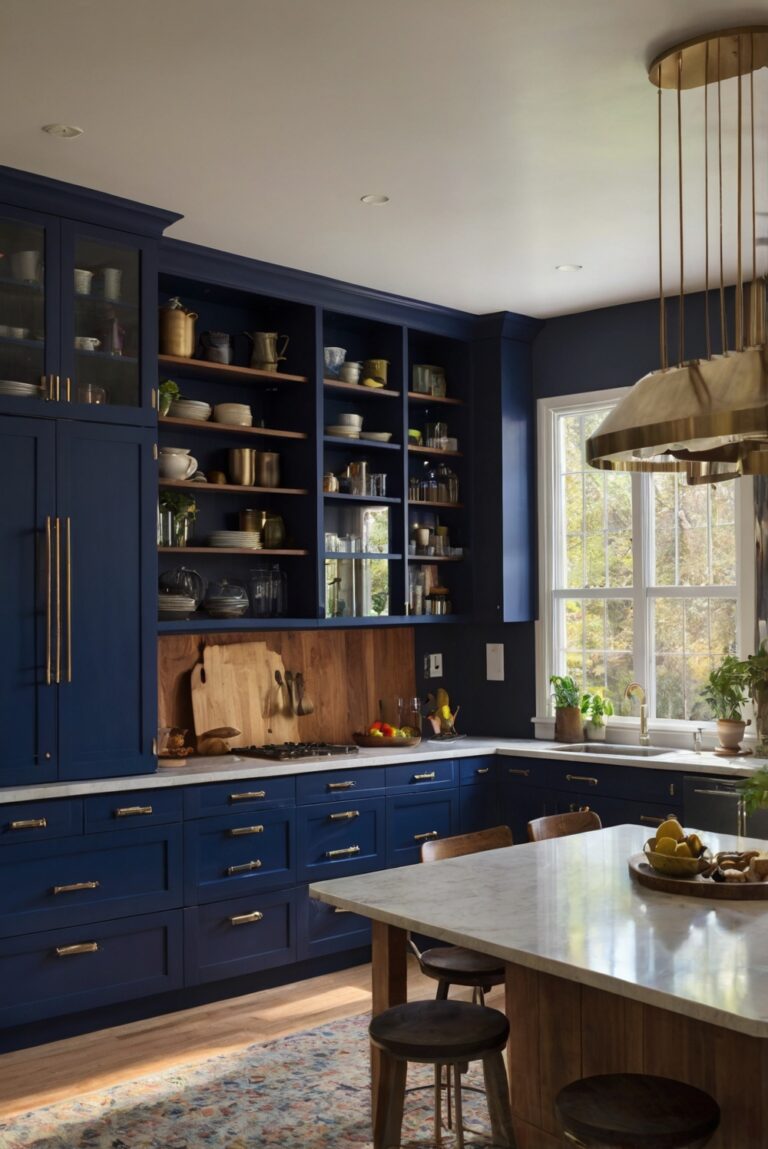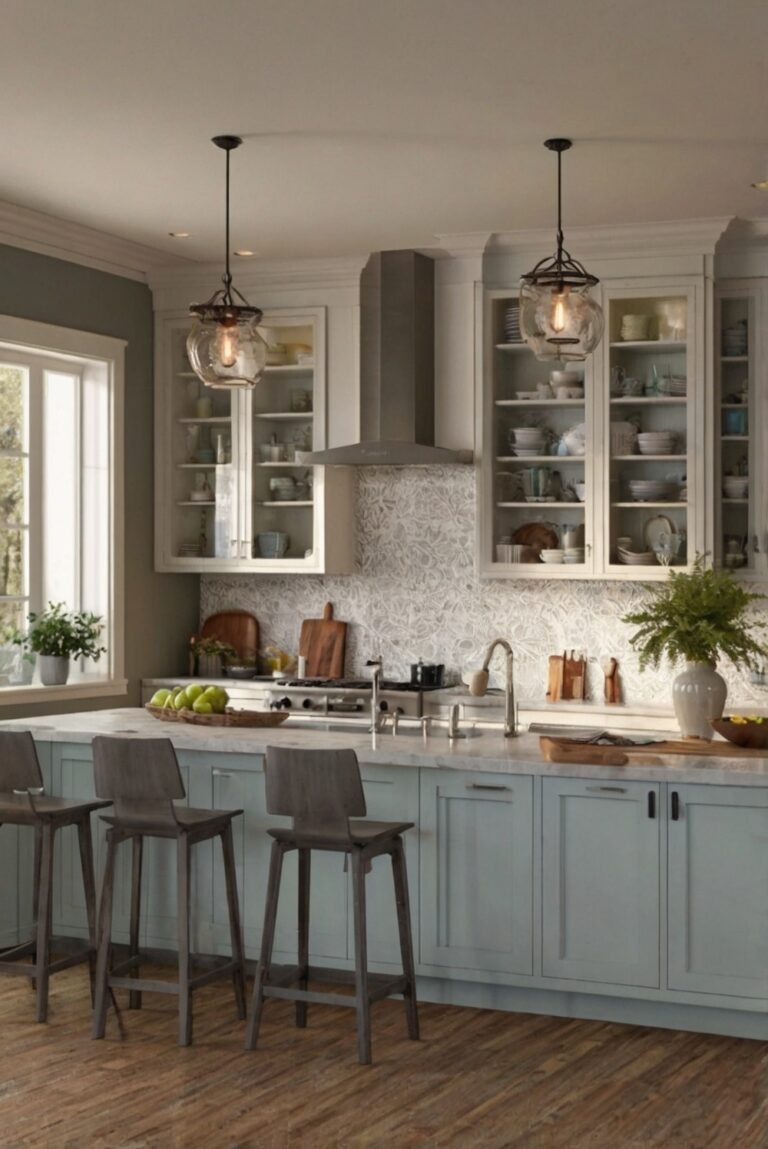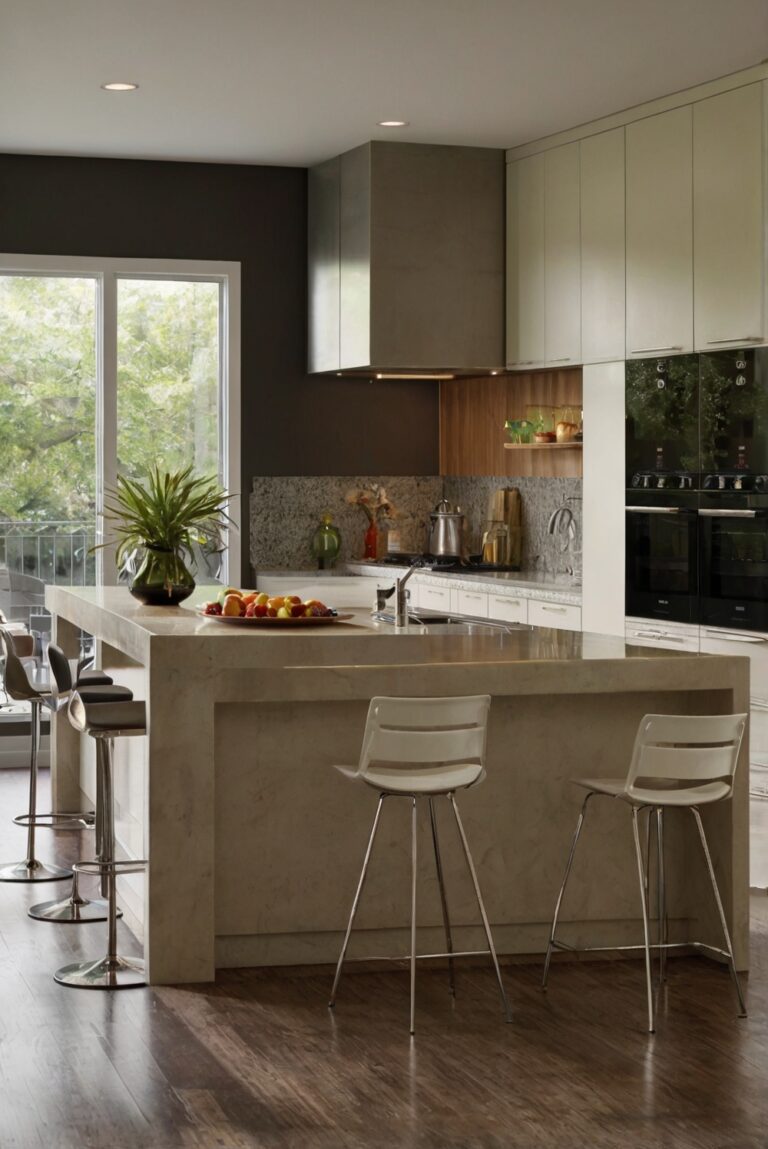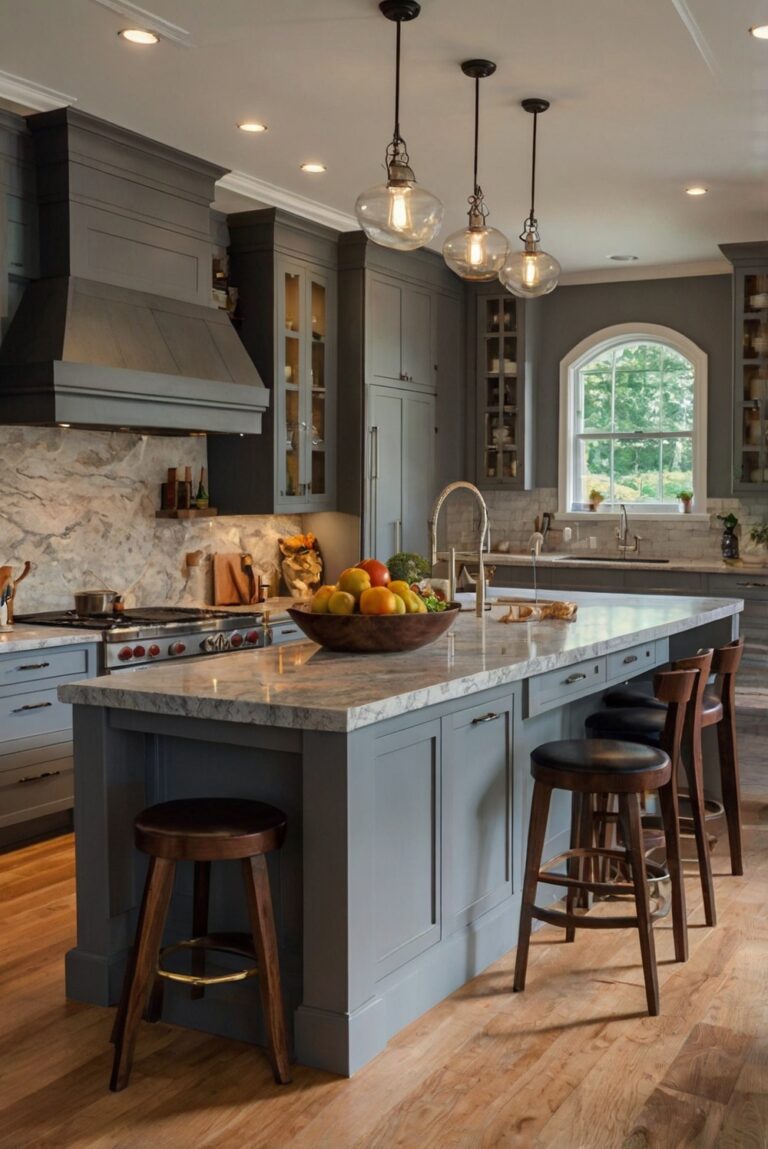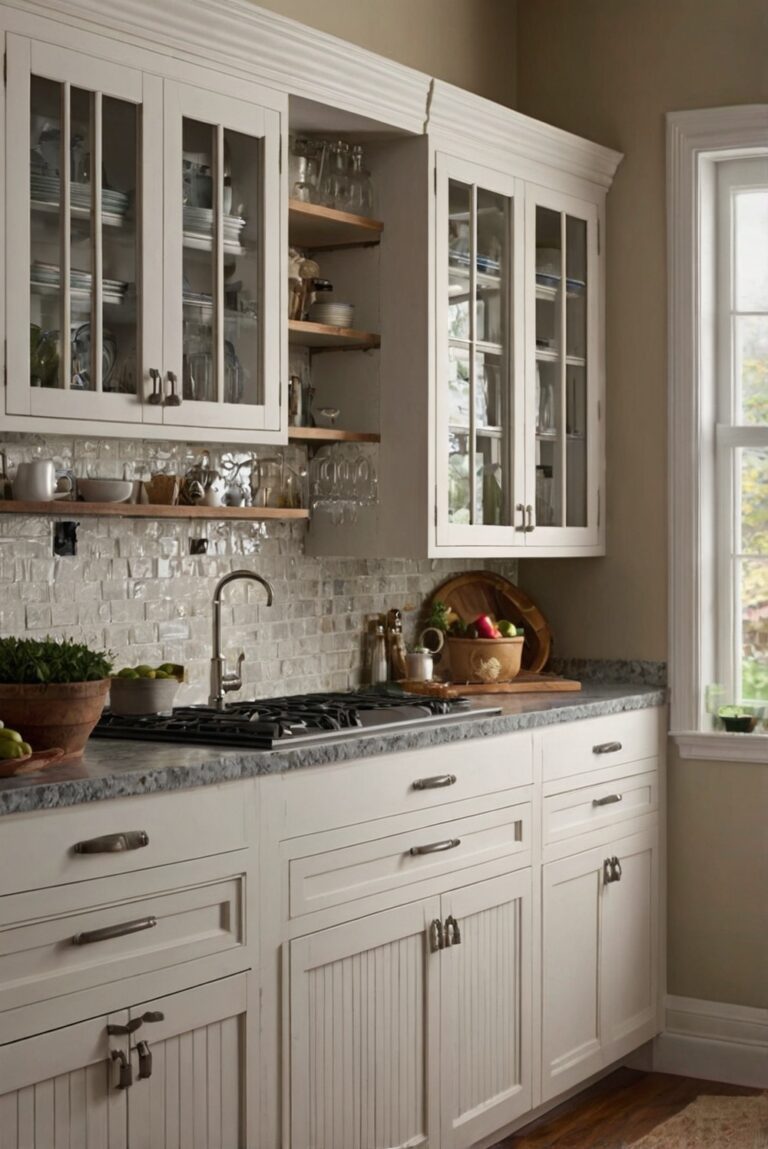Discover the essential steps for organizing kitchen cabinets to optimize space and enhance functionality in your home. Explore daily routines for interior design to keep your space stylish and efficient.
What are the best practices for organizing kitchen cabinets?
Ensure your kitchen cabinets are well-organized daily for efficient home decorating and interior design. Start by decluttering your cabinets regularly to create a spacious feel in your living room interior. Utilize interior design space planning to optimize storage, ensuring your kitchen designs are functional and visually pleasing. Consider implementing color matching painting for the cabinets using primer paint for walls to create a cohesive look. Seek advice from designers to enhance your interior bedroom design and achieve a well-coordinated home decor interior design.
What are the best practices for organizing kitchen cabinets?
When it comes to organizing kitchen cabinets, there are several best practices that can help you maximize space, improve efficiency, and keep your kitchen clutter-free. Here are some important tips to consider:
Maximize vertical space:
One of the key strategies for organizing kitchen cabinets is to make the most of vertical space. Use shelf risers, stackable shelves, or hanging organizers to create additional storage space for items like plates, bowls, and mugs.
Categorize items:
To keep your kitchen cabinets organized, it’s essential to categorize items based on their use. Store similar items together, such as pots and pans, baking supplies, or plastic containers, to make it easier to find what you need.
Utilize drawer dividers:
Drawer dividers are a great tool for keeping small items like utensils, measuring spoons, and kitchen gadgets organized. Use dividers to separate different categories of items and prevent them from getting jumbled together.
Label containers:
Labeling containers can help you quickly identify the contents of your kitchen cabinets and maintain an organized system. Use labels or clear containers to make it easy to locate spices, grains, or other pantry items.
Invest in storage solutions:
Consider investing in storage solutions like pull-out shelves, lazy Susans, or under-shelf baskets to make the most of your cabinet space. These tools can help you access items at the back of the cabinet more easily and maximize storage capacity.
In conclusion, reorganizing your kitchen cabinets can greatly improve the functionality and aesthetic appeal of your kitchen. By following these best practices and implementing effective storage solutions, you can create a more organized and efficient space that makes meal preparation and cooking a breeze.
1. How should I start organizing my kitchen cabinets?
To start organizing your kitchen cabinets, begin by decluttering and removing items that you no longer use or need. Sort through your items and group them by categories such as utensils, dishes, pots, and pans. Consider using storage solutions such as shelf dividers, pull-out drawers, and lazy Susans to maximize space and make items more accessible. Labeling containers and shelves can also help you maintain a tidy and organized system. Finally, regularly review and reassess your organization system to ensure it continues to meet your needs.
2. What are the best storage solutions for organizing kitchen cabinets?
Some of the best storage solutions for organizing kitchen cabinets include adjustable shelving, stackable bins, drawer organizers, and hanging racks. Utilizing these solutions can help you maximize space and keep items neatly arranged. Lazy Susans are particularly useful for corner cabinets, while pull-out shelves can make accessing items at the back of deep cabinets easier. Consider investing in clear containers or bins to easily see what’s inside and label them for quick identification. By incorporating these storage solutions, you can create a functional and efficient kitchen cabinet organization system.
3. How can I maintain an organized kitchen cabinet system?
To maintain an organized kitchen cabinet system, it’s important to establish a routine for cleaning and tidying up your cabinets. After using items, make sure to put them back in their designated spots to avoid clutter. Regularly check for expired or unused items and remove them to free up space. Consider implementing a weekly or monthly deep-cleaning session for your cabinets to keep them looking fresh and organized. By staying consistent with your organization efforts and making small adjustments as needed, you can ensure your kitchen cabinets remain well-organized and clutter-free.
4. What are some tips for organizing kitchen cabinets on a budget?
Organizing kitchen cabinets on a budget can be achieved by utilizing affordable storage solutions and repurposing items you already have. Look for low-cost organizers such as tension rods, adhesive hooks, and wire racks to create additional storage space in your cabinets. Use small baskets or bins from the dollar store to group similar items together and keep them organized. Consider DIY projects like making your own drawer dividers or labeling containers with a marker or tape. By getting creative with budget-friendly solutions, you can effectively organize your kitchen cabinets without breaking the bank.
5. How can I optimize space in small kitchen cabinets?
Optimizing space in small kitchen cabinets requires strategic planning and the use of space-saving storage solutions. Start by decluttering and only keeping essential items in your cabinets to make the most of limited space. Utilize vertical space by installing shelves or hooks on the cabinet doors to store small items like spices or utensils. Consider using stackable containers or tiered racks to maximize storage capacity without taking up too much space. Additionally, invest in collapsible or nesting containers that can be easily stored when not in use. By carefully organizing and maximizing every inch of space, you can make small kitchen cabinets feel more spacious and functional.

